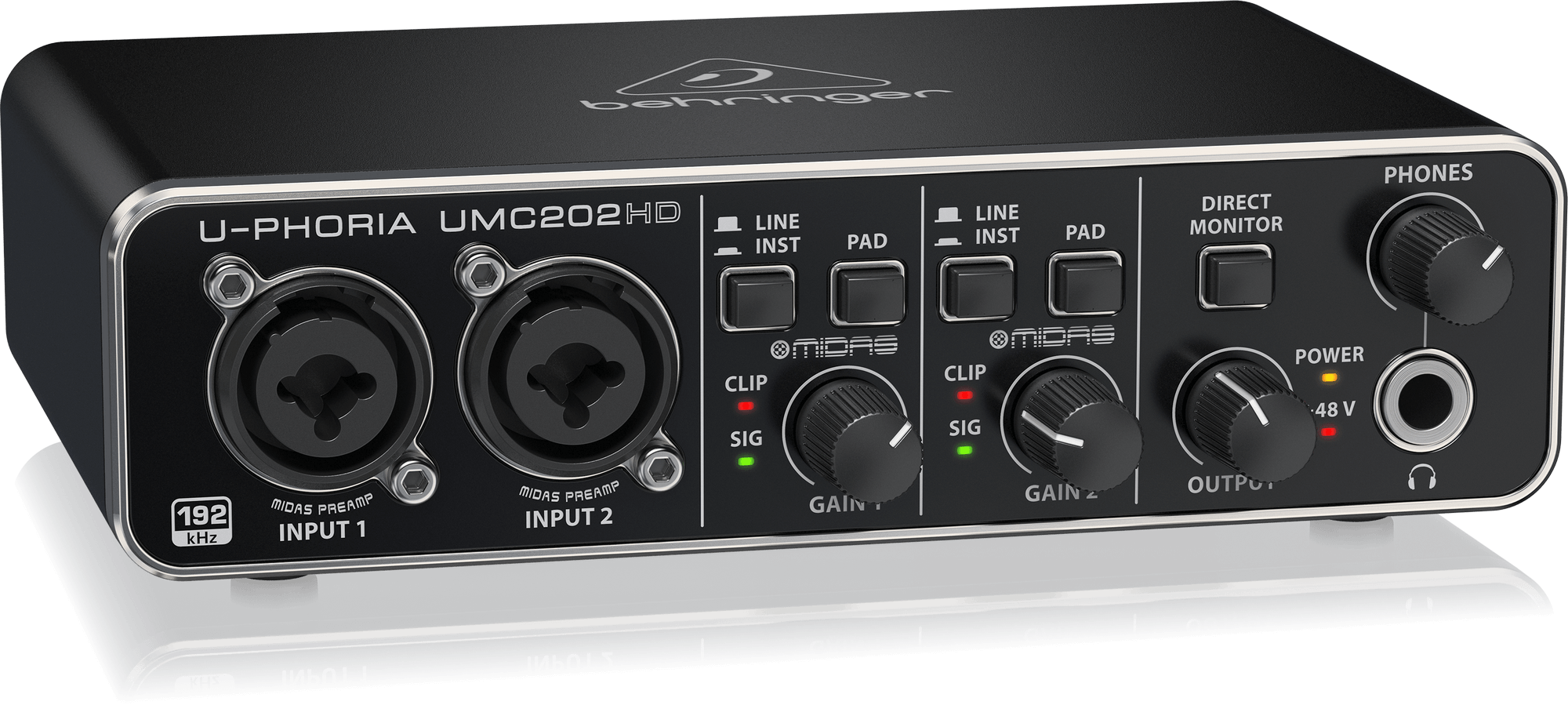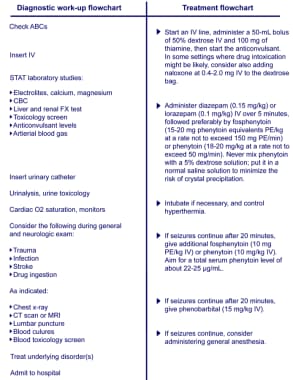

Be very careful not to stir up the sediment.

The equation is: CaCO 3(s) + 2HCl(aq) => CaCl 2(aq) + H 2O(l) + CO 2(g). For classroom demonstrations, you only need a small amount of hydrochloric acid, which is diluted to 1 M a 2 M concentration works best, but should be used with extra care because it's a strong acid.You can continue to collect the gas for as long as the reaction occurs.If the water in the test tube is displaced, then gas is being collected. When the reaction starts, cover the conical flask with a bung and delivery tube: you will collect the gas through the delivery tube and into an upturned test tube (which is immersed in bowl of water). Add a spoonful of calcium carbonate (or limestone chips) to the HCL. First, pour 20 mL of HCl into a conical flask. The simplest way to collect carbon dioxide is to react calcium carbonate (or limestone chips) with hydrochloric acid. After 24h, dual-species biolms were washed with cysteinepeptonewater(CPW)andthentransferredtoanew 24-wellplate.After1.5mlofbueredpeptonewater(BPW) containing 0. Mix calcium carbonate with hydrochloric acid (HCl). Lactic acid and pH measurement were conducted to monitor acid production 21.


 0 kommentar(er)
0 kommentar(er)
